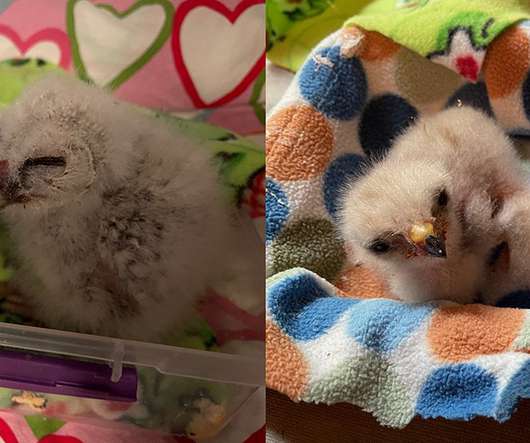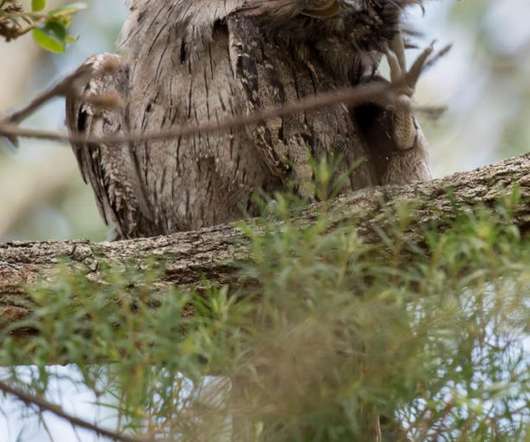Power Companies and Springtime Tree Removal
10,000 Birds
MAY 23, 2021
It’s a beautiful Spring morning… humming insects, calling birds. Maggie Ciarcia, a solo wildlife rehabilitator in Carmel, NY specializing in small mammals and game birds, received a notice from New York State Electric and Gas that tree trimming was scheduled for her neighborhood and someone would contact her.












Let's personalize your content